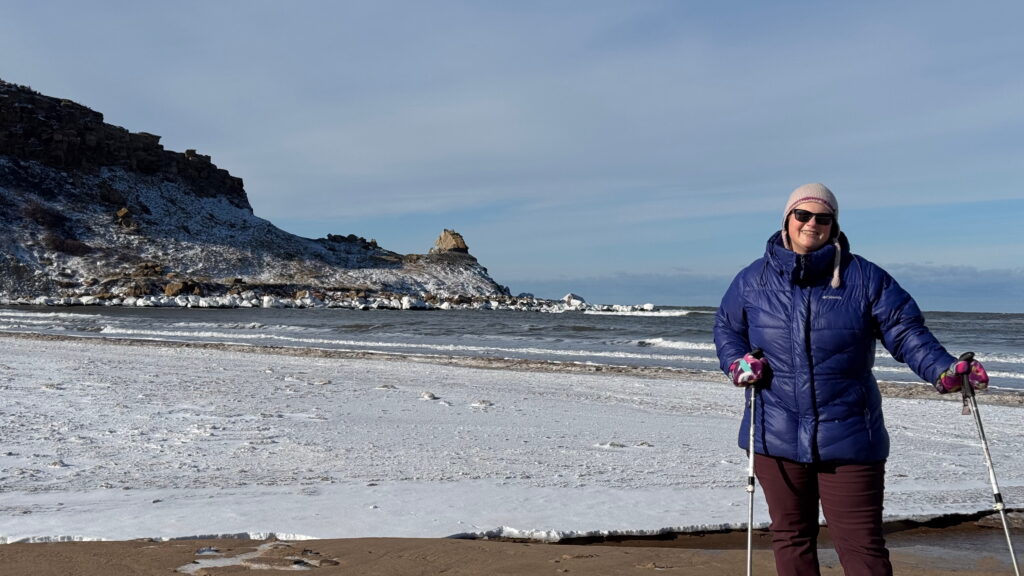It is October – Breast Cancer Awareness Month – and with that comes pink ribbons, but also a lot of blog posts and public information announcements about breast cancer. It is at this time that the American Cancer Society (ACS) announced new breast screening guidelines. The detailed recommendations are available here: http://jama.jamanetwork.com/article.aspx?articleid=2463262.
What has me perplexed is the line “The ACS does not recommend clinical breast examination for breast cancer screening among average-risk women at any age (qualified recommendation).”
One of the challenges with the new guidelines is that it does not make any recommendations for the average women under the age of 45. I fit into that category. I was an average women under the age of 45. I had not had a mammogram. I found a lump by routine breast self-examination. I had regular clinical exams – which helped me to learn how to do my own self-exams. I do wonder if the patient educational benefit was considered in this recommendation?
One of the support groups that I am a part of – The Bay Area Young Survivors (BAYS) – has a statement relating to the latest guidelines that I’d like to share here (thanks Meaghan Calcari Campbell for writing this up). These speaking points reflect an ongoing discussion within the BAYS community – but I thought they were important for the wider audience (highlights are mine):
1. re: the ACS guidelines, it’s an incredibly complex topic with bitter scientific debates. For young women in particular, however, the research and treatments are significantly underdeveloped.
2. because BAYS is not a health-care providing organization, we encourage women to consult their physicians to understand the benefits and risks associated with mammograms and what is the right screening tool for them.
3. and overall, we advocate for better tools to screen, diagnose, detect and monitor breast cancer for women of all ages.
4. young women in particular face specific issues. one reason is that they often have dense breasts.
5. 80% of young women diagnosed with breast cancer find the lump themselves, suggesting that their cancer is palpable (published in Journal of Clinical Oncology, 2009). many BAYS women have found their own lump.
6. however, we have some women who were diagnosed with cancer, including between the ages of 40-45, through a mammogram.
7. so if we’ve learned anything, no matter what your age, we encourage you to be your own advocate to get the healthcare you deserve
The new guidelines do not say anything about encouraging breast self-exams. In some ways, I think this may be an area were evidence-based guidelines lead us astray. They are measuring the effectiveness of specific screening tools but they don’t account for the human element. They also don’t account for the educational benefits of the clinical exam process. Clinical breast exams may not be an effective way to screen for breast cancer (this means we need better screening tools), they are, however, a great way to educate women on how to do effective self-exams. Personally, I always worried that I was doing my self exams incorrectly (given how quickly I found my cancer, I was doing it right). My annual clinical exams helped me better understand how to do my regular self-exams.
So I am left perplexed about the new ACS breast cancer screening guidelines. They do not say anything about screening for women under 45 at average risk. Per my earlier post, the risk is still significant for women under 45:
Age 30 . . . . . . 0.44 percent (or 1 in 227)
Age 40 . . . . . . 1.47 percent (or 1 in 68)
If we aren’t doing clinical exams, and aren’t doing mammograms for those under 45, how are we supposed to catch the cancer?


Leave a Reply